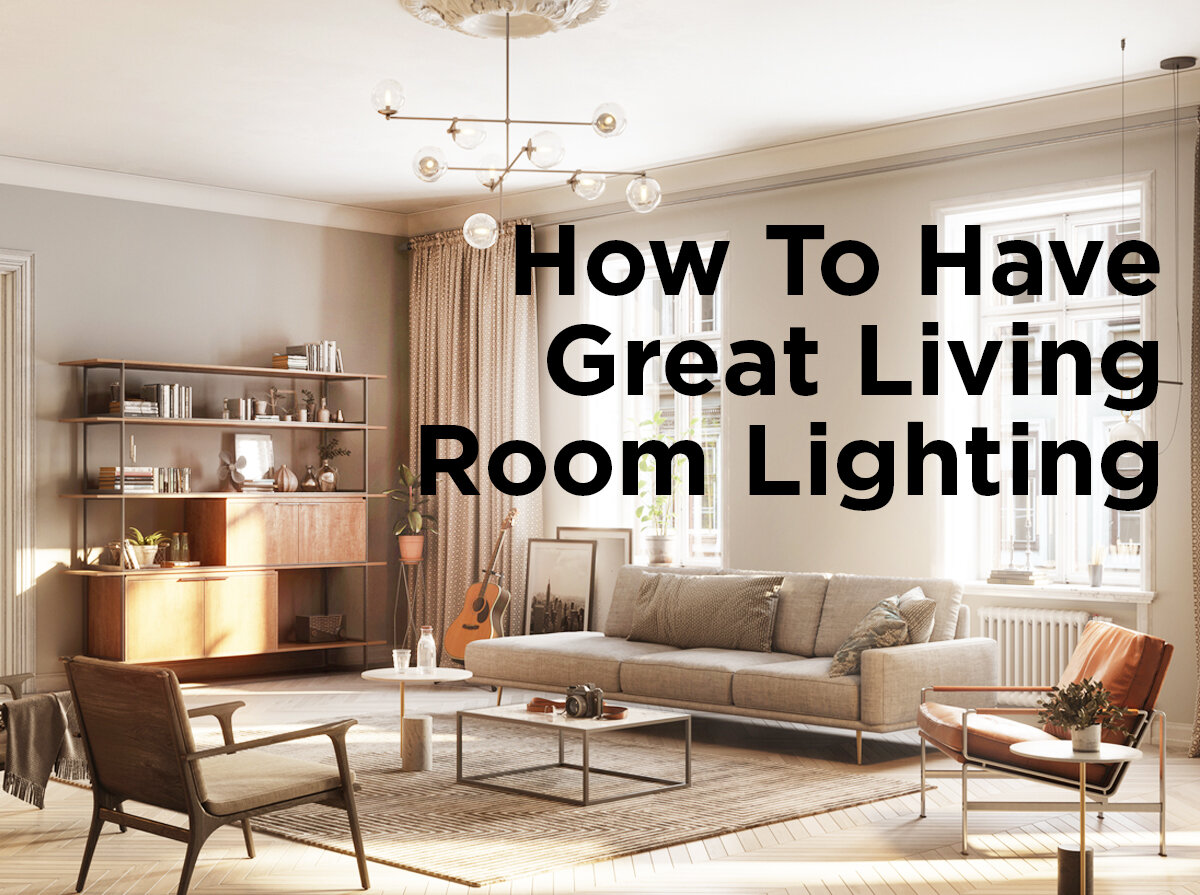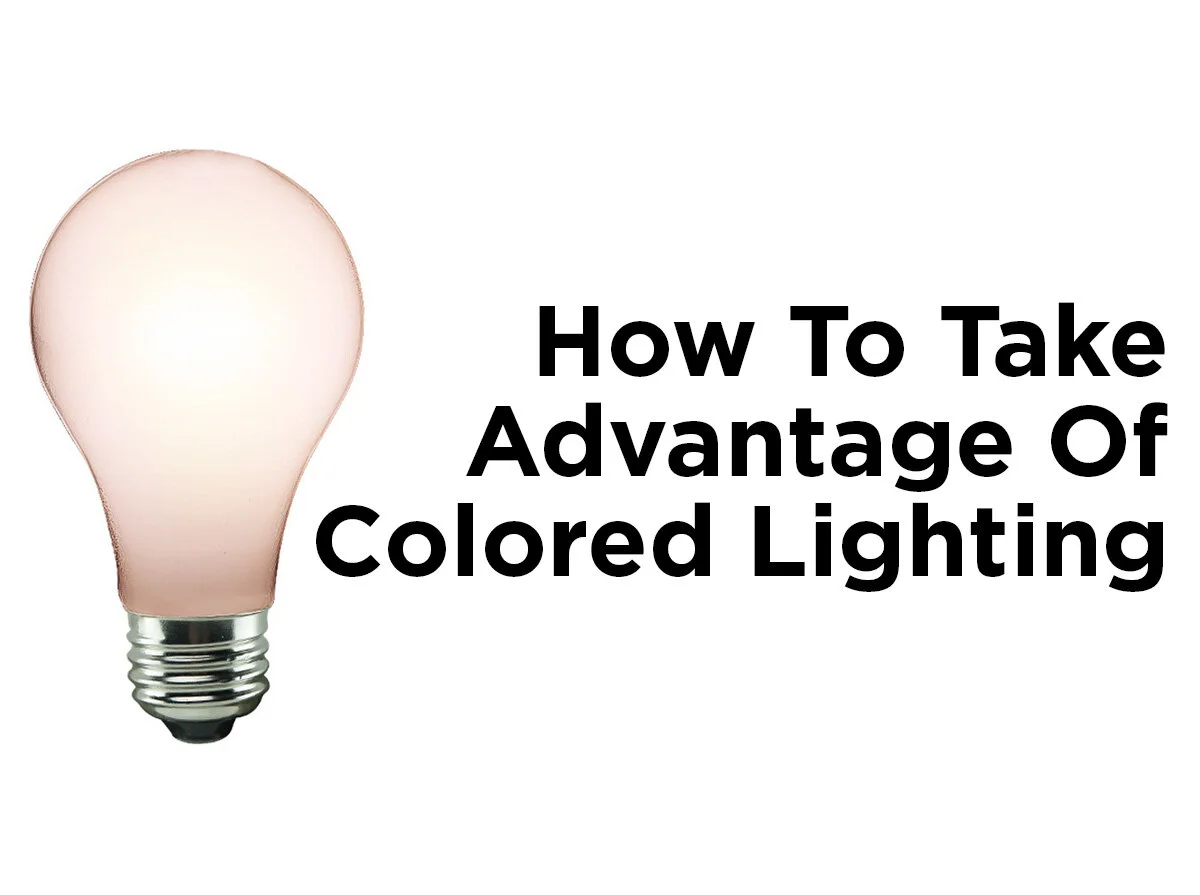How to Have Great Living Room Lighting
As the place where you watch TV, read books, play games and entertain guests, the living room is easily the most dynamic area of the home. Therefore, it should have great lighting fit for both function and ambiance. Although every living room is different and requires a unique lighting design, there are a few key elements all good living room lighting schemes have. Living room lighting should always incorporate each of the three layers of lighting design—ambient, task, and accent lighting—with a fixture and light quality that best suits the room’s mood, architectural features, and purpose. Let’s take a look at a few lighting options with these factors in mind.
Ambient Lighting
Ambient lighting is your basic, general overhead lighting. While many living rooms are equipped for this task with the standard “centered ceiling fan with four light bulbs” faire, you may want to consider alternative light fixtures to give your living room a more stylish or updated look. For example, dramatic overhead fixtures such as a chandeliers or groups of pendant lights are steadily becoming popular lighting options in contemporary living rooms. However, if you’re looking to make major changes or want a more even light distribution, recessed can lights are one of the best choices for ambient light in this space since they take up little room and are often installed in multiples to ensure wider light coverage. If you decide recessed lighting is right for you but your ceiling is not already equipped for a recessed can lighting layout, consult an electrician to learn how to accomplish this task.
Regardless of your light fixture(s), you will need light bulbs. When choosing bulbs for any space, you should carefully consider factors such as bulb shape and size, light source (incandescent, fluorescent, LED, etc.), brightness, and energy-efficiency, although one of the most important yet overlooked factors to think about is color temperature. Many people prefer warm, yellow lighting (2700K-3500K) in their living room because it sets a comfortable ambiance and complements the earthy tones typically used in living room décor. However, some people prefer brighter, whiter light (4000K to 4500K) to create a more energizing atmosphere and enhance airy or fresh colors such as blues, greens, and whites.
Task Lighting
Task lighting provides illumination for tasks or activities by directing light onto specific areas. Floor lamps or table lamps resting on end tables are two common examples of task lighting in the living room. You will likely use these fixtures to create low-level lighting while you’re watching TV or to direct light onto a book or other activity while you’re sitting on the couch. The light quality for this space should either match that of your ambient light or be a little brighter and whiter so you can have stronger, clearer light to increase your focus on activities. Studies have shown that high color temperature lighting can boost productivity. So if you have a space in your living room dedicated to work or a hobby, you may want to consider using a bulb that emits light in a color temperature above 4000K.
Accent Lighting
Accent lighting is a decorative way to “shed light” on a room’s artwork, objects, or architectural features. Although left off many home lighting plans, creative accent lighting can do a lot to enhance a room’s visual appeal. There are many ways to incorporate accent lighting into your living room, four of the most common techniques being backlighting, display lighting, uplighting, and wall-washing.
Backlighting is when you place light behind an object to create the illusion of depth, typically using LED tape light. In the living room, some of the best places to use backlight accents include inside alcoves, under cabinets, beneath furniture, behind screens or displays, and underneath steps.
Display lighting is when light is directed onto areas or objects you want to make more prominent in a room. You may want to use display lighting in your living room if you have decorative objects resting on alcoves or shelves inside large, glass-door cabinets. You may also want to better display artwork on your walls or above your fireplace. Relfector bulbs are commonly used for display lighting.
Uplighting involves using fixtures to direct light upwards, typically to illuminate high or vaulted ceilings. Silver crown bulbs and certain lamp shades can deflect light upwards when used in standing or table lamps, and select wall lights mounted higher on the middle-third of your walls can also direct light up.
Wall-washing is accomplished by directing light towards features on your wall. This technique is typically used to expand boundaries or call attention to positive aspects of a room. Create a wall-washing effect with recessed eyeball lights, track lights, or other directional fixtures.
The living room is one of the first room’s a guest walks into, making it imperative that it is properly lit to set the tone for the rest of your home. Great living room lighting should provide enough functional light for activities, yet a comfortable ambiance for when you want to relax—all in a well-balanced and creative lighting scheme. So, what do you think of our living room lighting ideas? Think you have what it takes to have "great" living room lighting? Leave any questions in a comment or let us know your thoughts on Facebook, Twitter, LinkedIn, Pinterest, or Instagram!







